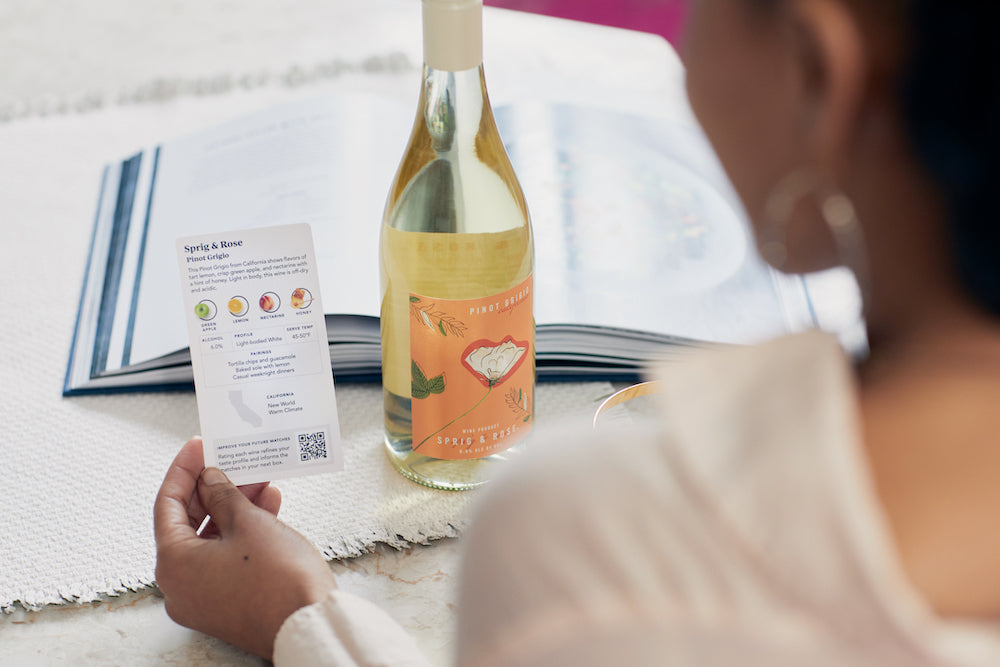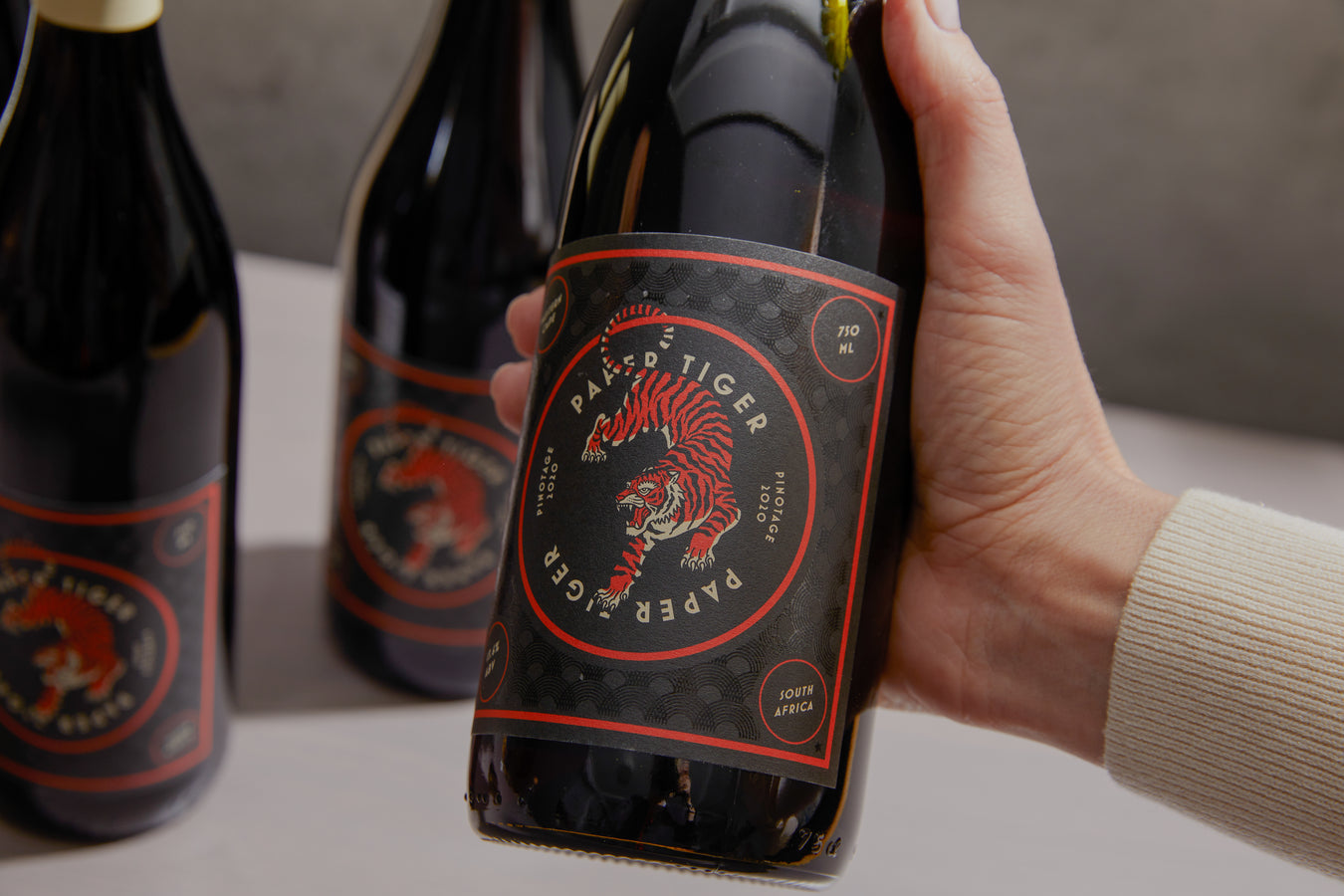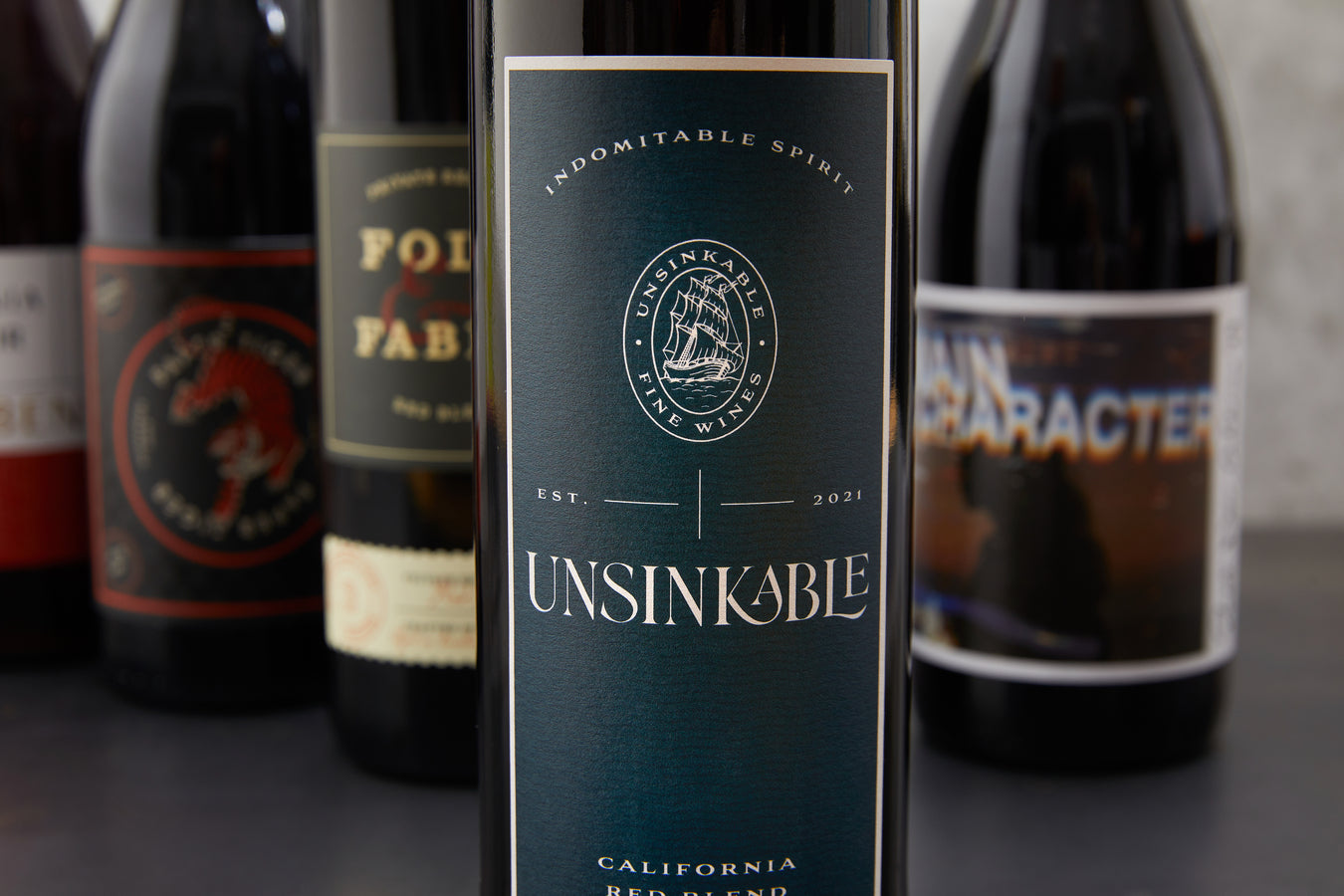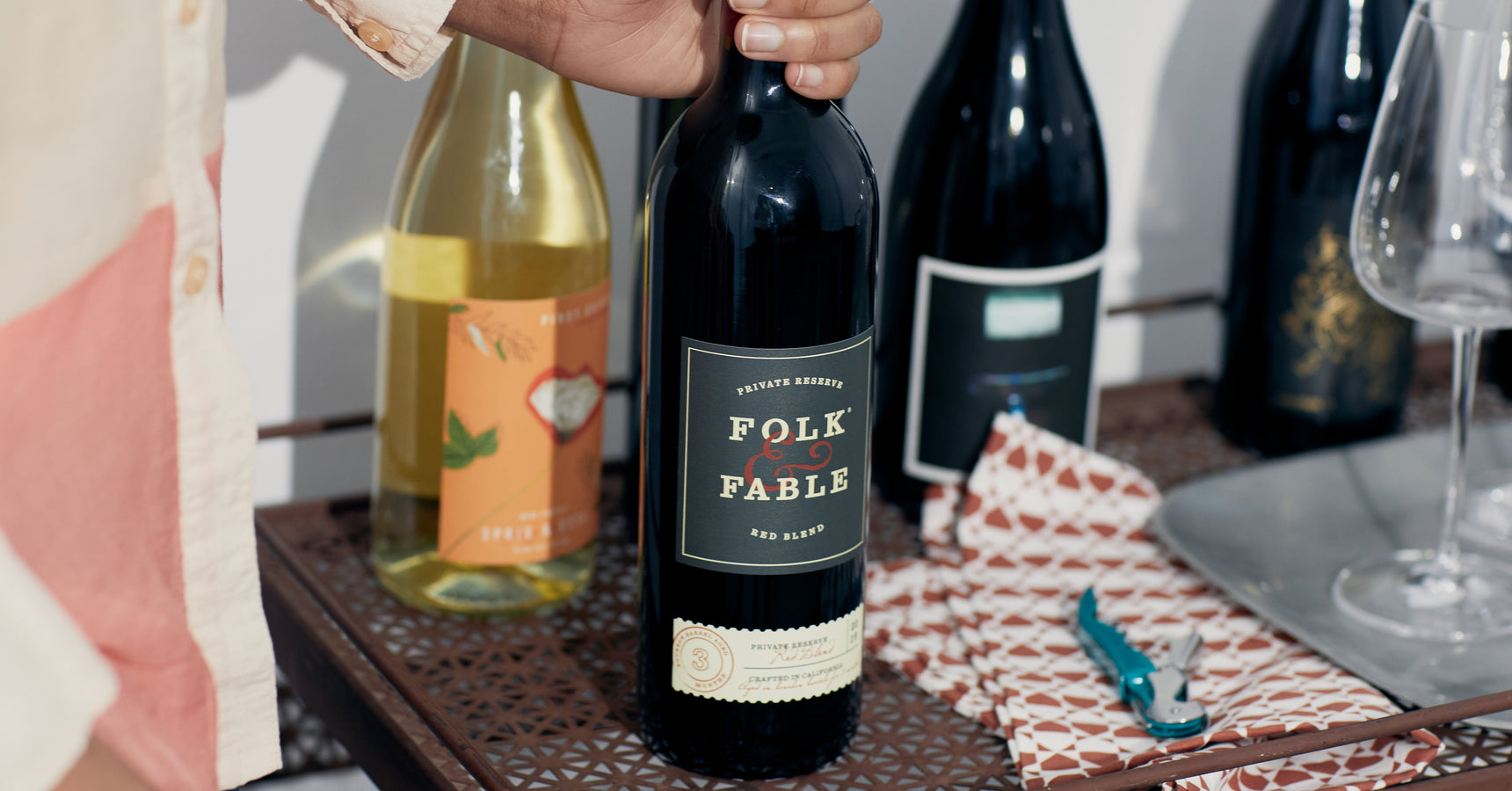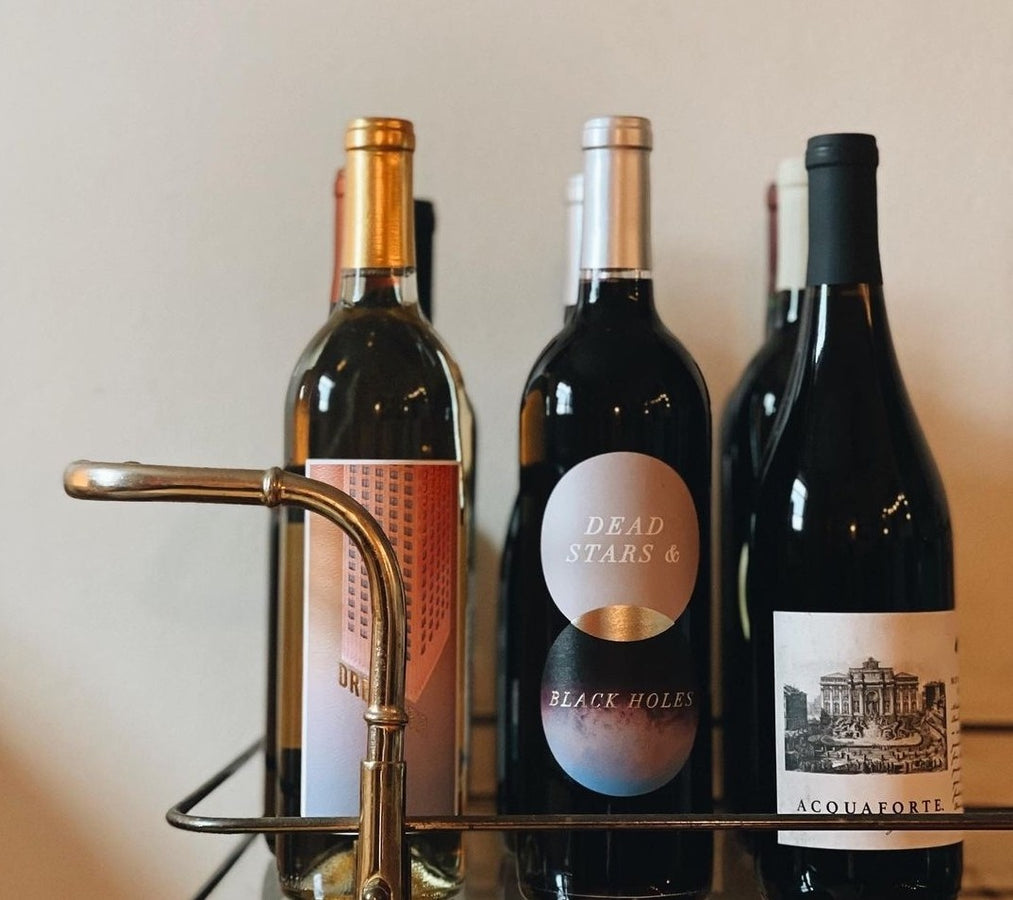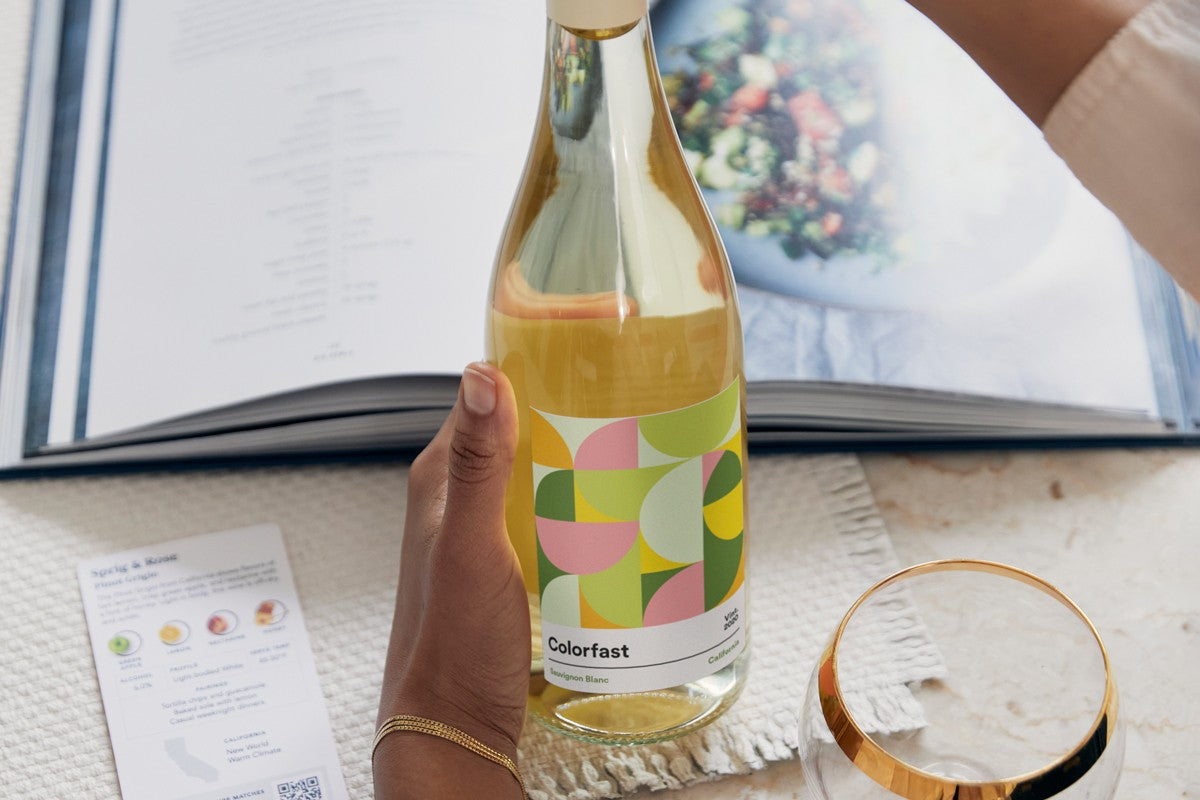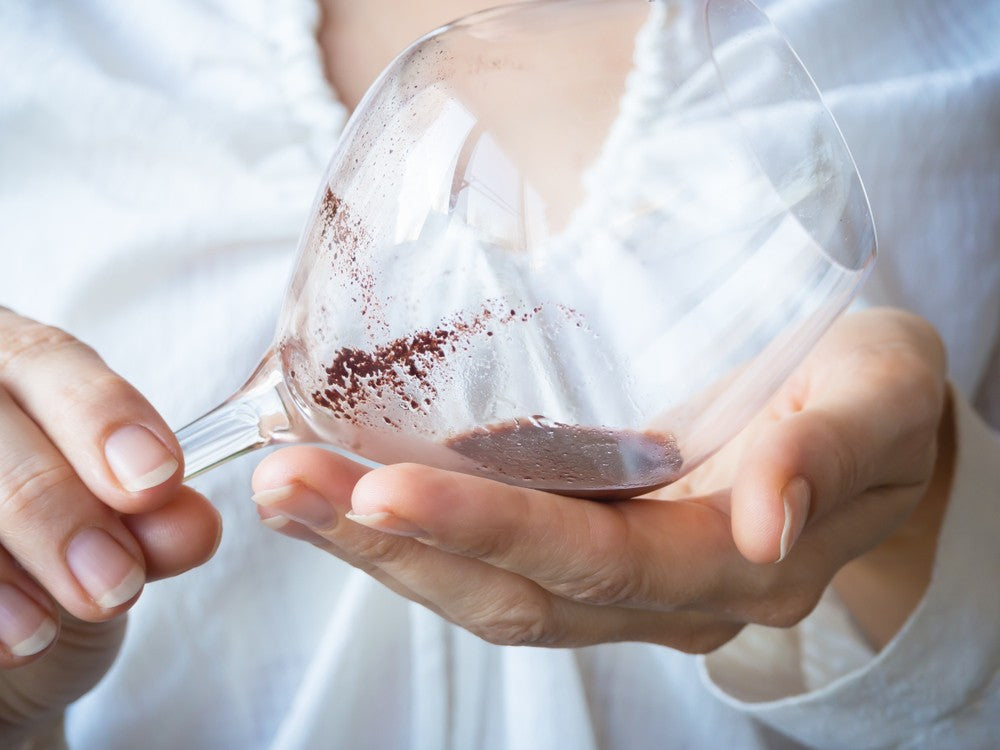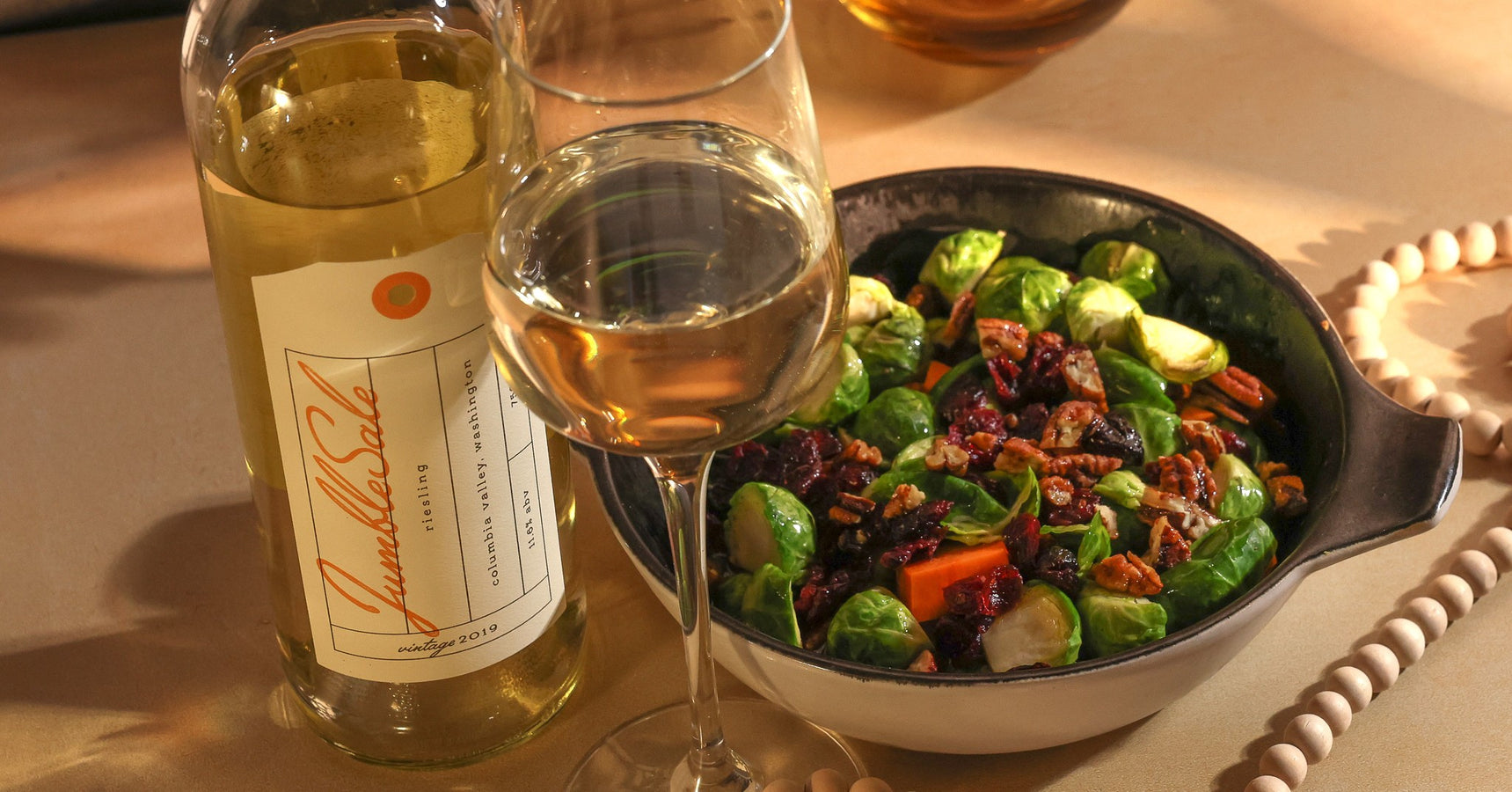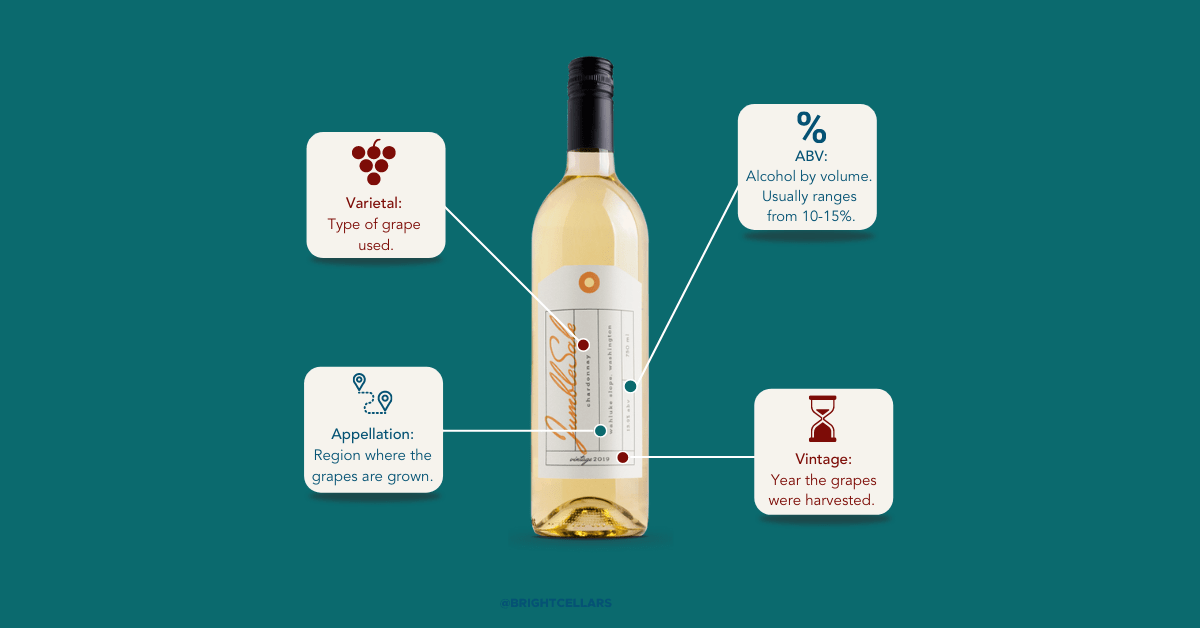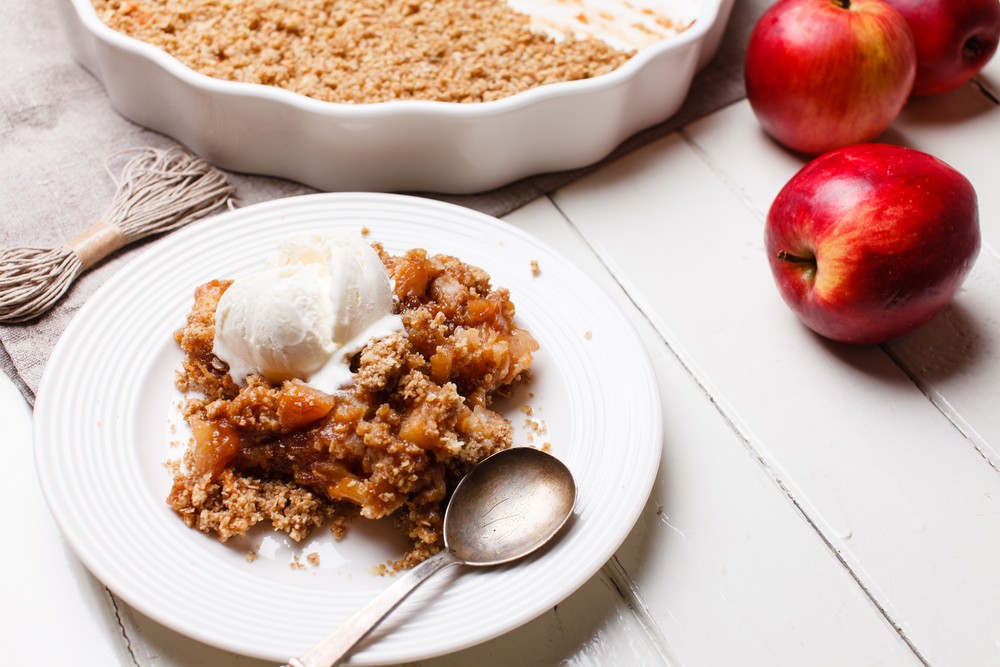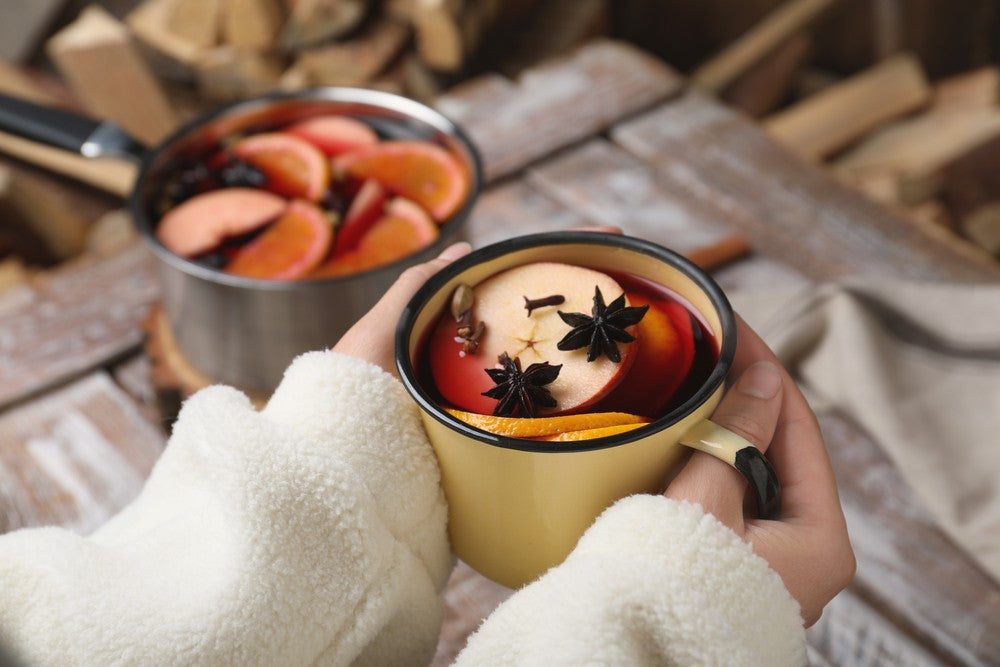
You take a sip of a brand new bottle. It tastes.. sweet? No, fruity. If you’ve ever taken a sip of wine but didn’t know how to describe the flavor sensations you’re experiencing using wine tasting terms, this one’s for you.
Is there a difference between fruitiness and sweetness? What do people mean when they say a wine is ‘full-bodied?’ And - for goodness sake - what does the word ‘jammy’ mean?
We’ll cover these wine tasting term basics step by step, giving you lots of lovely wine descriptors to use along the way.
Wine Tasting Term Basics
The most useful wine tasting terms can be categorized into four categories - fruit level, sweetness level, body profile, and finish.
1. Fruitiness
When it comes to fruit level, wines can generally be classified into two categories - ‘fruit-forward’ or ‘savory’.
Fruit-forward means the predominant flavors are fruity – whether it's berries, stone fruit, or tropical fruit. Fruity is not the same as sweet. So, even though you might smell the fragrant aromas of ripe peach, the wine might still be dry.
You may have heard the term “fruit-forward” used to describe wine in the past. This term is associated with other descriptors like jammy, juicy, flamboyant, ripe, sweet tannin, or fruit-driven. Once you’ve detected fruit notes, you can take it a step further and think about what kind of fruit you are tasting. For example, there’s fresh or juicy and then there’s jammy. Imagine comparing a freshly picked strawberry off the vine to smooth strawberry jam.
On the flip side of fruit-forward wines, we have savory wines. When you think savory, think earthy, herbaceous, rustic, or high minerality.
It’s not that savory wines don’t have fruit flavors - a lot of them do. But the dominant flavors are not in the sweet fruit realm. Cranberry is a great example of this logic - it is a fruit, however, it exudes a bitter, tart taste rather than a sweet, ripe taste.
2. Sweetness
Next, we’ll explore the level of sweetness, which falls into four basic categories - bone-dry, dry, off-dry, and sweet.
Classifying the sweetness of wine is an exact science based on residual sugar, but our palate does come in handy.
Bone-dry wines are easy to identify based on their extremely low levels of residual sugar and generally high levels of astringency, most off-dry wines are white wines, and sweet wines are usually dessert wines. Everything else seems to fall into the dry category.
Champagne follows a different sweetness convention - explore our Label Language blog post to learn more about sparkling wine sweetness.
3. Body profile
Once you’ve determined whether the wine is fruit-forward or savory and analyzed the sweetness level, you can move on to the body of the wine.
Alcohol level, tannin, and acidity all affect how we perceive the body of wine.
Compare a glass of skim milk and whole milk in your mind. Whole milk tends to stick around a lot longer, coating your mouth, while skim milk doesn’t sit as long.
If you hear someone say a wine is full-bodied or if someone mentions ‘mouthfeel’ or ‘texture,’ you know you’re talking about the body of the wine.
A wine can be “light-bodied,” “medium-bodied,” or “full-bodied.” It doesn’t matter if the wine is white or red (though medium-bodied really only applies to red wines.)
There are always exceptions, but light bodied wines generally have high acidity, lower alcohol levels, and lower level of tannins. For red wines, you might hear the words crisp, bright, floral, subtle, or elegant. For white wines, you may hear light, zippy, crisp, or lean.
Medium bodied wines are usually reserved for food and fall smack dab in the middle of the spectrum between a low tannin red and a high tannin red. When describing medium-bodied wines, you may hear words like mellow, moderate, or food-friendly.
Full bodied wines are known for a high tannin and alcohol level, which account for the added texture you feel in your mouth. For reds, you may hear words like bold, rich, opulent, firm or concentrated. For whites, you may hear words like buttery, oily, or rich.
4. Finish
The aftertaste of the wine, commonly known as the finish, is usually classified into three categories: smooth finish, bitter finish, or spicy finish.
A smooth finish is the most common. Even a wine that has noticeable tannins when you first sip it can have a smooth finish.
Meanwhile, a bitter finish would have a more astringent feeling and a spicy finish can be compared to the feeling you get in your nose when you eat wasabi.
In Vino Finito
Now that you know a little bit more about the tasting experience and which wine tasting words to use when, which wine are you dying to try? Let us know in the comments!








